This is the second part of my series on Asian weddings. If you'd like to read the first part dedicated to the Indian Wedding, you'll find it right here.
Traditional Japanese weddings (known as 'shinzen shiki') are usually conducted in the Shinto tradition by a Shinto priest. These were usually held in shrines, but today in modern-day Japan, are often held in smaller shrines located within reception centres and hotels. The traditional wedding in Japan is a very formal affair, with the bride wearing an amazing costume consisting of a pure white kimono known as a 'shiro-maku' (the only time she will be allowed to wear this traditional dress, as in the Japanese culture the shiro-maku is associated with unmarried women only). They also wear two different styles of very elaborate head dress. The tsunokakushi is a large, white cloth often made of silk. This headpiece is traditionally worn to, 'veil the bride's horns of jealousy, ego and selfishness' and to help her become an (ahem!) 'obedient and loyal wife'. The other headpiece is known as the watabōshi, which is a large, white hood.
There are historically two different types of weddings in Japan: the miai (or arranged marriage), and the ren'ai - where the couple have met in the 'modern way', independently of any arrangement, and decide to marry on their own. Since the second world war, the miai-style marriage has diminished somewhat in popularity, and today the greater percentage of marriages are all ren'ai.
In the traditional style, the groom wears a black kimono, otherwise known as a 'montsuki'. This will usually bear his family crest on the back of the costume, and he'll traditionally match this with black, gray or white pinstripe pants called 'hakama'.
The ceremony itself is conducted in front of friends and family, with traditional Japanese music playing in the background such as flutes (or 'fue') and the sanshin (a three-stringed instrument).
Saki plays a very large part in not only the traditional Japanese wedding ceremony, but also in the lead-up to it as well. The Yui-no ritual, which takes place prior to the wedding day, is when the bride and groom's parents come together and exchange gifts. This tradition involves exchanging a cask of sake made from the wood of a willow tree. This gift ensures a harmonious start to married life for the happy couple, as the cask represents a desire for a peaceful relationship and a happy future. During the ceremony itself, the San-San-Kudo ritual involves the bride and groom, and often members of the bridal party as well, sipping from several cups of saki. This is seen as a bonding ritual which unites both families of the bride and groom together.
In the 21st century, many Japanese couples opt to have a western-style ceremony as well as the traditional Shinto one, and choose western style bridal gowns. These ceremonies are almost identical to traditional western weddings, but for one important exception. The person performing the ceremony will not be a christian minister, as the majority of Japanese are Buddhists and it is not acceptable, on the whole, to be married by a representative of another religion. Modern Japanese brides see their wedding ceremony as many western brides do today - as mainly a secular affair, with fashion, style and family being the focus of the day, rather than any deep religious meaning.
Well that's it for this week, I hope you enjoyed the read. :) Watch out for more Asian wedding themes over the next few weeks. In the meantime, here are some more ideas for a Japanese-style wedding:~
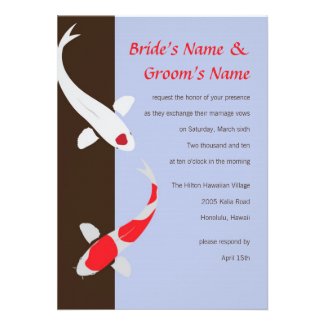
Japanese Koi Wedding Invitation - Lavender by hapagirldesigns
Shop for Japanese Invitations online at Zazzle.com
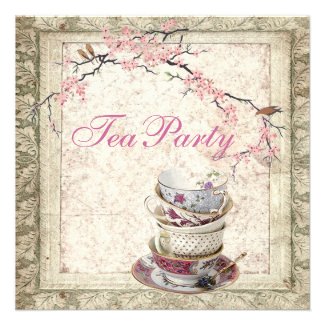
Blossom Country Bridal Shower Tea Party Invitation by ThemeWeddingBoutique
Design an invite online with zazzle
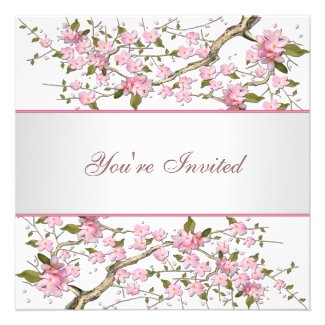
Cherry Blossom All Occasion Party Custom Invitation by InvitationCentral
Create announcements with Zazzle.com
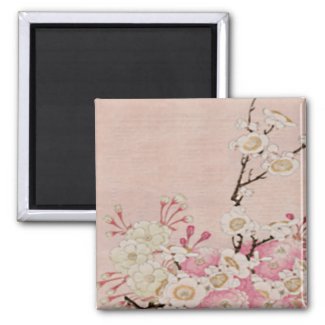
Vintage Cherry Blossom-Japanese Fridge Magnets by hungaricanprincess
Look at other Cherry blossom Magnets at zazzle.com
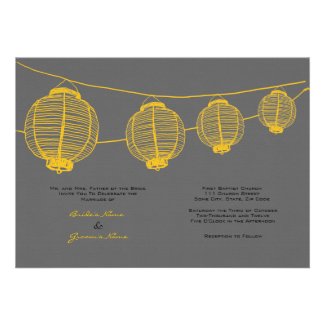
Yellow and Gray Lanterns Wedding Invitation by TheBrideShop
Find other Wedding Invitations at zazzle.com
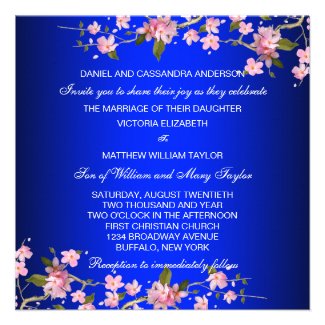
Royal Blue Japanese Cherry Blossoms Wedding Custom Announcements by WeddingCentral
Try Zazzle's invitation maker online.
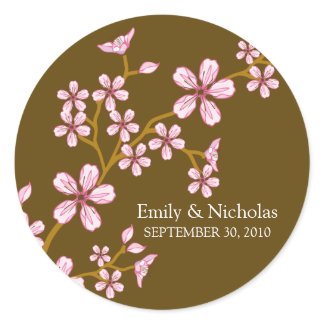
Pink Cherry Blossom/Brown Wedding Invitation Seal Round Stickers by TheWeddingShoppe
Make unique printed stickers from zazzle.com.
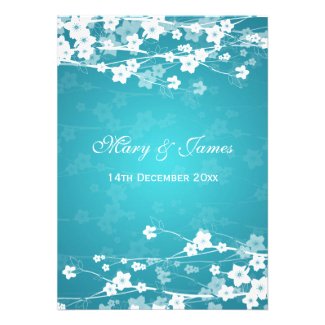
Elegant Wedding Cherry Blossom Blue Invitation by Rewards4life
Browse Wedding Invitations online at Zazzle.com
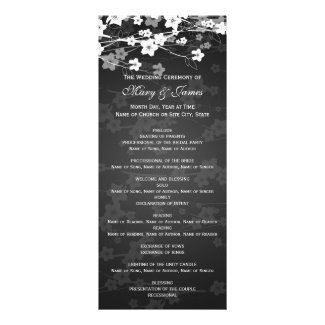
Elegant Wedding Program Cherry Blossom Black Invite by Rewards4life
View Wedding Invitations online at zazzle
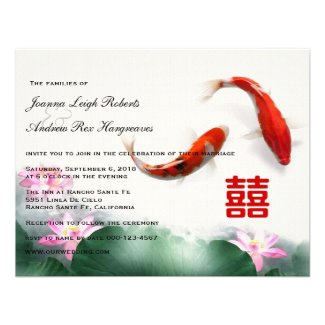
Love Circles | Lotus Koi Double Happiness Wedding Custom Invite by riverme
Shop for invites on Zazzle
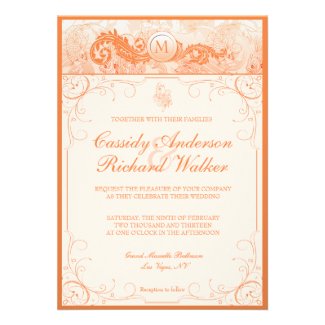
Vintage Koi & Flourishes Coral Orange Invitation by oddlotpaperie
Shop for an invite or announcement on zazzle
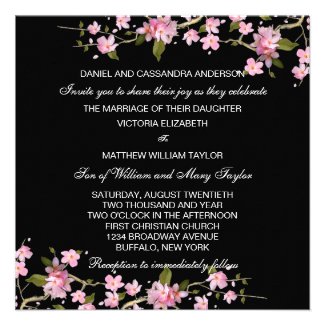
Black Pink Japanese Cherry Blossoms Wedding Custom Announcement by WeddingCentral
View other Cherry blossom wedding Invitations
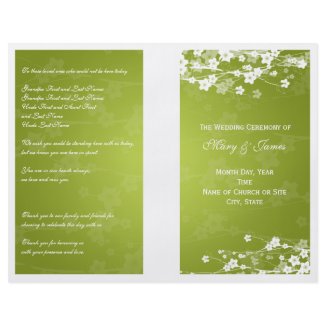
Wedding Program Cherry Blossom Lime Green Personalized Flyer by Rewards4life
Make your own professional flyer online at zazzle
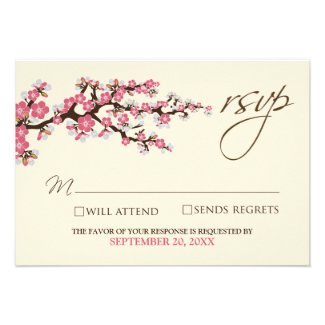
Cherry Blossoms RSVP Card (pink) Personalized Invitations by TheWeddingShoppe
More Response Invitations
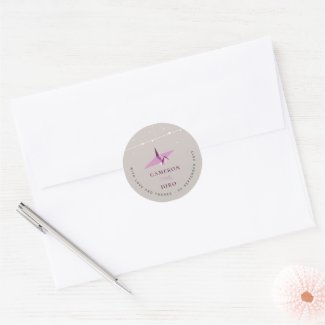
Origami Plum Paper Crane Wedding Lights Thank You Round Stickers by fatfatin_red_knot
Make a personalized sticker on zazzle.com.au
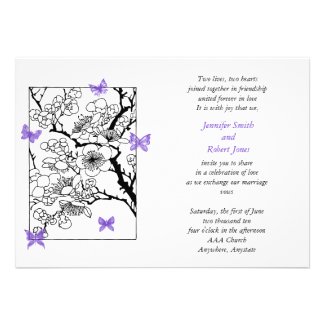
Butterfly Dreams: Japanese Inspired in Violet Custom Invitation by NoteableExpressions
More Butterfly wedding Invitations
The Elegant Wedding (aka Graphic Allusions) is a participant in the Amazon Services LLC Associates Program, an affiliate advertising program designed to provide a means for sites to earn advertising fees by advertising and linking to Amazon.com.
Traditional Japanese weddings (known as 'shinzen shiki') are usually conducted in the Shinto tradition by a Shinto priest. These were usually held in shrines, but today in modern-day Japan, are often held in smaller shrines located within reception centres and hotels. The traditional wedding in Japan is a very formal affair, with the bride wearing an amazing costume consisting of a pure white kimono known as a 'shiro-maku' (the only time she will be allowed to wear this traditional dress, as in the Japanese culture the shiro-maku is associated with unmarried women only). They also wear two different styles of very elaborate head dress. The tsunokakushi is a large, white cloth often made of silk. This headpiece is traditionally worn to, 'veil the bride's horns of jealousy, ego and selfishness' and to help her become an (ahem!) 'obedient and loyal wife'. The other headpiece is known as the watabōshi, which is a large, white hood.
There are historically two different types of weddings in Japan: the miai (or arranged marriage), and the ren'ai - where the couple have met in the 'modern way', independently of any arrangement, and decide to marry on their own. Since the second world war, the miai-style marriage has diminished somewhat in popularity, and today the greater percentage of marriages are all ren'ai.
 |
Japanese bride in traditional costume (left) and a Shinto temple (below). |
In the traditional style, the groom wears a black kimono, otherwise known as a 'montsuki'. This will usually bear his family crest on the back of the costume, and he'll traditionally match this with black, gray or white pinstripe pants called 'hakama'.
The ceremony itself is conducted in front of friends and family, with traditional Japanese music playing in the background such as flutes (or 'fue') and the sanshin (a three-stringed instrument).
Saki plays a very large part in not only the traditional Japanese wedding ceremony, but also in the lead-up to it as well. The Yui-no ritual, which takes place prior to the wedding day, is when the bride and groom's parents come together and exchange gifts. This tradition involves exchanging a cask of sake made from the wood of a willow tree. This gift ensures a harmonious start to married life for the happy couple, as the cask represents a desire for a peaceful relationship and a happy future. During the ceremony itself, the San-San-Kudo ritual involves the bride and groom, and often members of the bridal party as well, sipping from several cups of saki. This is seen as a bonding ritual which unites both families of the bride and groom together.
In the 21st century, many Japanese couples opt to have a western-style ceremony as well as the traditional Shinto one, and choose western style bridal gowns. These ceremonies are almost identical to traditional western weddings, but for one important exception. The person performing the ceremony will not be a christian minister, as the majority of Japanese are Buddhists and it is not acceptable, on the whole, to be married by a representative of another religion. Modern Japanese brides see their wedding ceremony as many western brides do today - as mainly a secular affair, with fashion, style and family being the focus of the day, rather than any deep religious meaning.
Well that's it for this week, I hope you enjoyed the read. :) Watch out for more Asian wedding themes over the next few weeks. In the meantime, here are some more ideas for a Japanese-style wedding:~

Japanese Koi Wedding Invitation - Lavender by hapagirldesigns
Shop for Japanese Invitations online at Zazzle.com

Blossom Country Bridal Shower Tea Party Invitation by ThemeWeddingBoutique
Design an invite online with zazzle

Cherry Blossom All Occasion Party Custom Invitation by InvitationCentral
Create announcements with Zazzle.com

Vintage Cherry Blossom-Japanese Fridge Magnets by hungaricanprincess
Look at other Cherry blossom Magnets at zazzle.com

Yellow and Gray Lanterns Wedding Invitation by TheBrideShop
Find other Wedding Invitations at zazzle.com

Royal Blue Japanese Cherry Blossoms Wedding Custom Announcements by WeddingCentral
Try Zazzle's invitation maker online.

Pink Cherry Blossom/Brown Wedding Invitation Seal Round Stickers by TheWeddingShoppe
Make unique printed stickers from zazzle.com.

Elegant Wedding Cherry Blossom Blue Invitation by Rewards4life
Browse Wedding Invitations online at Zazzle.com

Elegant Wedding Program Cherry Blossom Black Invite by Rewards4life
View Wedding Invitations online at zazzle

Love Circles | Lotus Koi Double Happiness Wedding Custom Invite by riverme
Shop for invites on Zazzle

Vintage Koi & Flourishes Coral Orange Invitation by oddlotpaperie
Shop for an invite or announcement on zazzle

Black Pink Japanese Cherry Blossoms Wedding Custom Announcement by WeddingCentral
View other Cherry blossom wedding Invitations

Wedding Program Cherry Blossom Lime Green Personalized Flyer by Rewards4life
Make your own professional flyer online at zazzle

Cherry Blossoms RSVP Card (pink) Personalized Invitations by TheWeddingShoppe
More Response Invitations

Origami Plum Paper Crane Wedding Lights Thank You Round Stickers by fatfatin_red_knot
Make a personalized sticker on zazzle.com.au

Butterfly Dreams: Japanese Inspired in Violet Custom Invitation by NoteableExpressions
More Butterfly wedding Invitations
The Elegant Wedding (aka Graphic Allusions) is a participant in the Amazon Services LLC Associates Program, an affiliate advertising program designed to provide a means for sites to earn advertising fees by advertising and linking to Amazon.com.
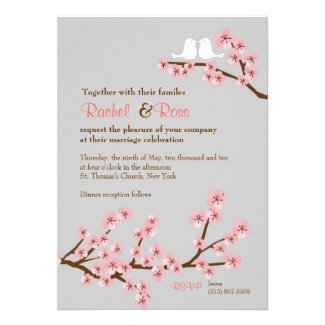
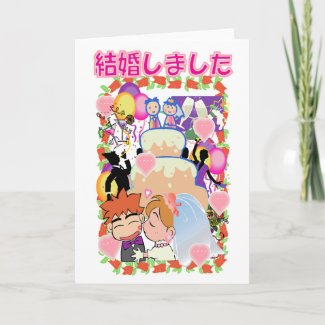
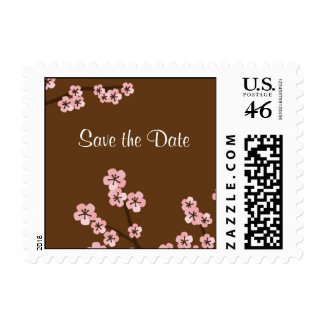
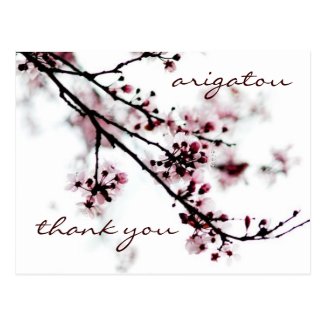
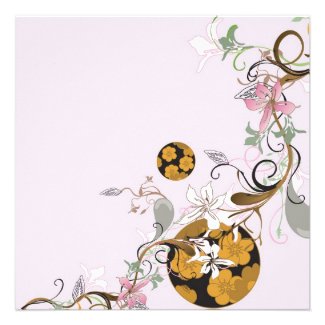
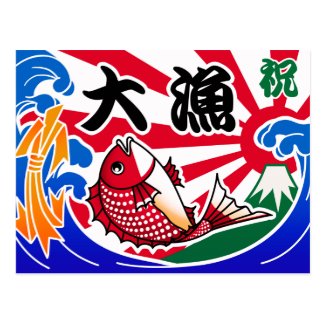
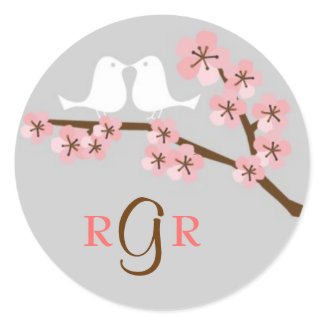
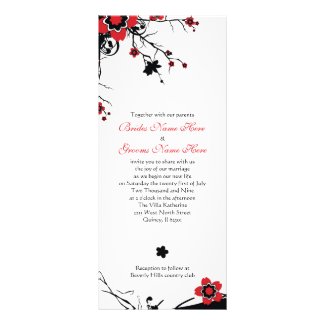
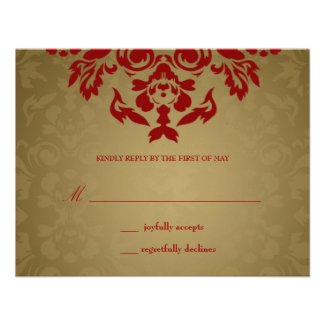

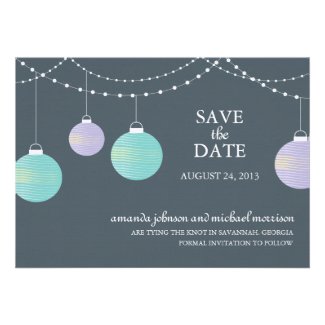
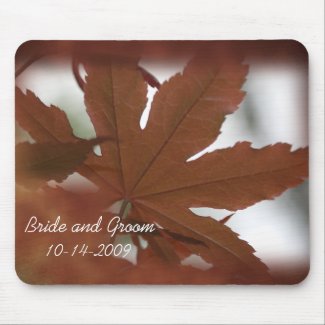
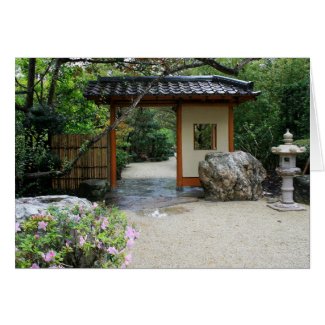
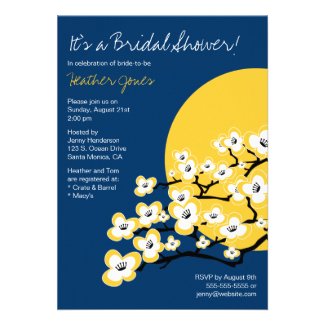
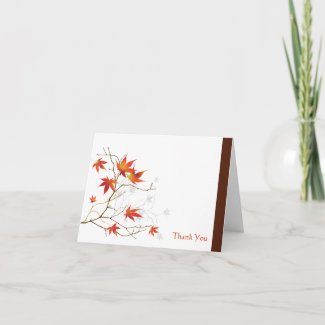
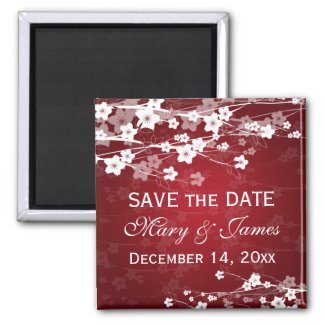
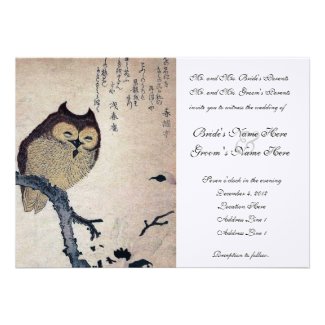

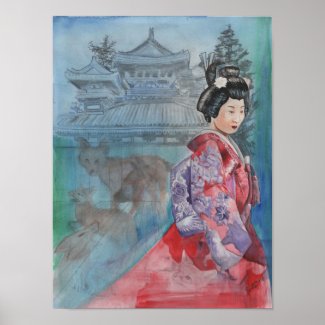
Comments
Post a Comment